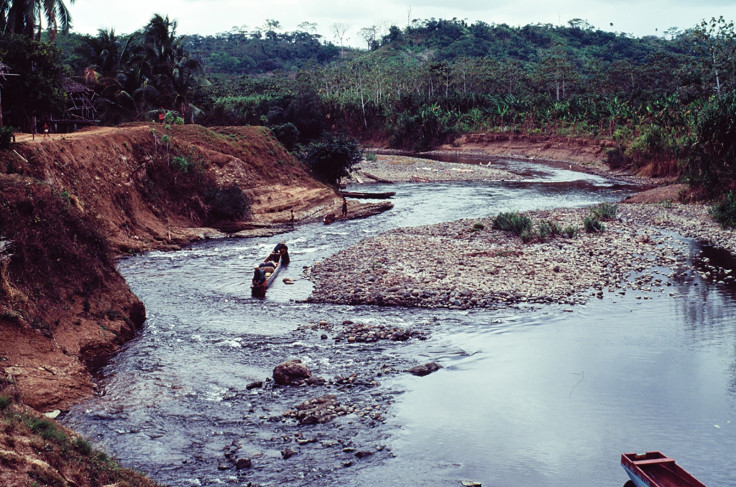Impressive geological features reveal Isthmus of Panama is 'only' three million years old
Previous studies had said the Isthmus formed between 6 and 23 million years ago.
The Isthmus of Panama formed three million years, scientists have found out. This contradicts recent studies that pushed this date back to millions of years before.
The Isthmus of Panama – the narrow stretch of land lying between the Caribbean Sea and the Pacific Ocean and linking North and South America – has long fascinated scientists.
As a physical barrier between the Pacific and Atlantic Ocean, the Isthmus would have had an important impact on natural life when it formed, restricting marine species movements but promoting North-South land migrations – bringing together animals that had existed separately from one another since the Mesozoic Era some 66 million years ago.

Understanding the Isthmus' formation is thus a crucial step in understanding how and why marine life in the Atlantic and Pacific oceans started evolving independently from each other, as well as how the terrestrial mammals on the American continent became diversified.
Four decades ago, findings from a deep-sea drilling programme had already pinpointed timing of the formation of the Isthmus to around 3 million years ago. However, recent studies had challenged this view, pointing out the Isthmus could in fact be much older, between 6 and 23 million years old. The present study, published in the journal Science Advances, thus sought to settle this debate, and to get new clues about the evolution of wildlife around the Isthmus, millions of years ago.

Rocks, genes and fossils
The scientists analysed geological, paleontological, and gene records used in previous studies in order to date more accurately when certain species appeared around the Panama Isthmus. Evidence from fossils, rocks and ancient genomes overwhelmingly support the theory that the Isthmus formed "recently", some three million years ago.
Indeed, the scientists were not able to identify a gene flow between animals found in the shallow ocean waters on both sides of the Isthmus after 3.2 million years ago, and discovered that surface water exchange between oceans stopped around 2.76 million years ago.

Additionally, they observed an acceleration in the dispersal rate of land mammals between the continents sometime just before 2.7 million years ago. All these elements hint to a formation of the Isthmus of Panama around three million years ago – with profound effects on land and marine biodiversity.
The scientists thus strongly caution against the uncritical acceptance of the older Isthmus hypothesis – saying that 40-year-old findings may in fact be more accurate.
© Copyright IBTimes 2025. All rights reserved.






















